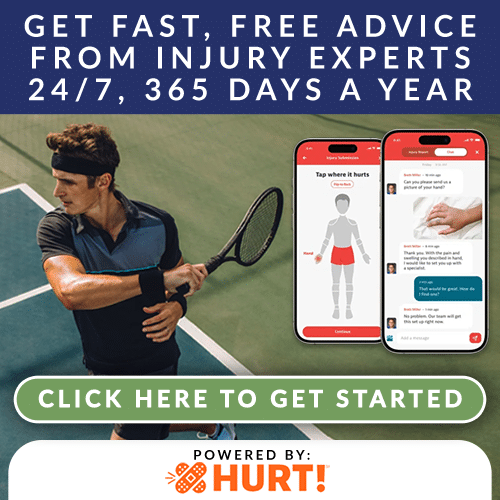Have you ever awoken in the middle of the night and been unable to feel your small finger and ring finger? Then the sensation slowly returns as you shake your hand and straighten out your elbow. Have you ever struck the inside of your elbow against something only to have a sudden tingling shoot down the inside of your arm to your small finger? In both of these cases, you are temporarily interrupting the normal function of the ulnar nerve as it passes behind a bump or medial epicondyle on the inside of the elbow. We often refer to this region of our elbow as the “funny bone”. Repeated pressure or irritation to the ulnar nerve in this region can result in Cubital Tunnel Syndrome. I would like to give you some background information about Cubital Tunnel Syndrome, discuss its causes and give you some information about how to this condition can be both treated and avoided.
There are two main causes of Cubital Tunnel Syndrome. The first cause is excessive and prolonged pressure on the ulnar nerve, which is on the medial (inside part) of the elbow. Perhaps it is the way you are seated, working, or the position you sleep in. Repeated pressure to the inside of the elbow can cause irritation of the ulnar nerve. There are padded braces that can protect the inside of the elbow if you are not able to modify your activities or work to sufficiently control these symptoms. The second cause is keeping your elbow in a flexed position for too long. This is commonly associated with sleeping posture as we sleep in a curled up position creating traction on the ulnar nerve. In cases that are related to sleep, I often recommend patients sleep with a brace that will not allow them to flex their elbow while they are sleeping. This prevents the traction on the ulnar nerve that can cause Cubital Tunnel Syndrome.
The ulnar nerve provides both sensory and motor function to the forearm and the hand. You might not be surprised to learn that the ulnar nerve provides sensation to the small finger as well as half of the ring finger. Advanced cases of Cubital Tunnel Syndrome can also cause the involved muscles in the hand to atrophy or become smaller and weaker. There are some telltale signs of this muscle wasting that are observable during a clinic visit. During office visits, I often will tap lightly over the ulnar nerve to see if the symptoms are reproduced. I also check the strength in your hand by assessing your abilities to pinch your thumb and index finger together or spread your fingers apart. Another important part of my examination would be to make sure that the symptoms were not being caused by a problem in your neck. I often have my patients undergo Electromyography (EMG) or a Nerve Conduction Study to determine the severity of the condition.
When I treat Cubital Tunnel Syndrome I do everything I can to avoid surgery. As previously discussed, limiting the pressure on the inside of the elbow and changing your sleep posture, sometimes with bracing, are two good first steps to take. If education, positional changes, and splints do not improve symptoms and the patient has an EMG that indicates concerning severity, then surgery is an option to consider. If surgery is required, the main goal it to get the pressure off the ulnar nerve. Often this can be done by opening up the tunnel that the nerve travels in. Sometimes, if the nerve is still pinched or unstable in its groove, the nerve may have to be moved or transposed so it passes in front of the elbow. After surgery, it can take 18 months or more for the sensation in the fingers to reach maximal improvement, but surgery will prevent the problem from getting any worse. After the pressure is taken off the nerve, it starts to recover at a rate of one inch per month, so it can take a while to recover all the way to the tips of the fingers.
Surgery is typically an outpatient procedure where you come and go the same day. It can often be done without general anesthesia. If you needed surgery, I would work closely with you to establish which surgery would be best and how to get you recovered as quickly as possible.
To learn more about this condition please call and come in and we can talk about this together.

